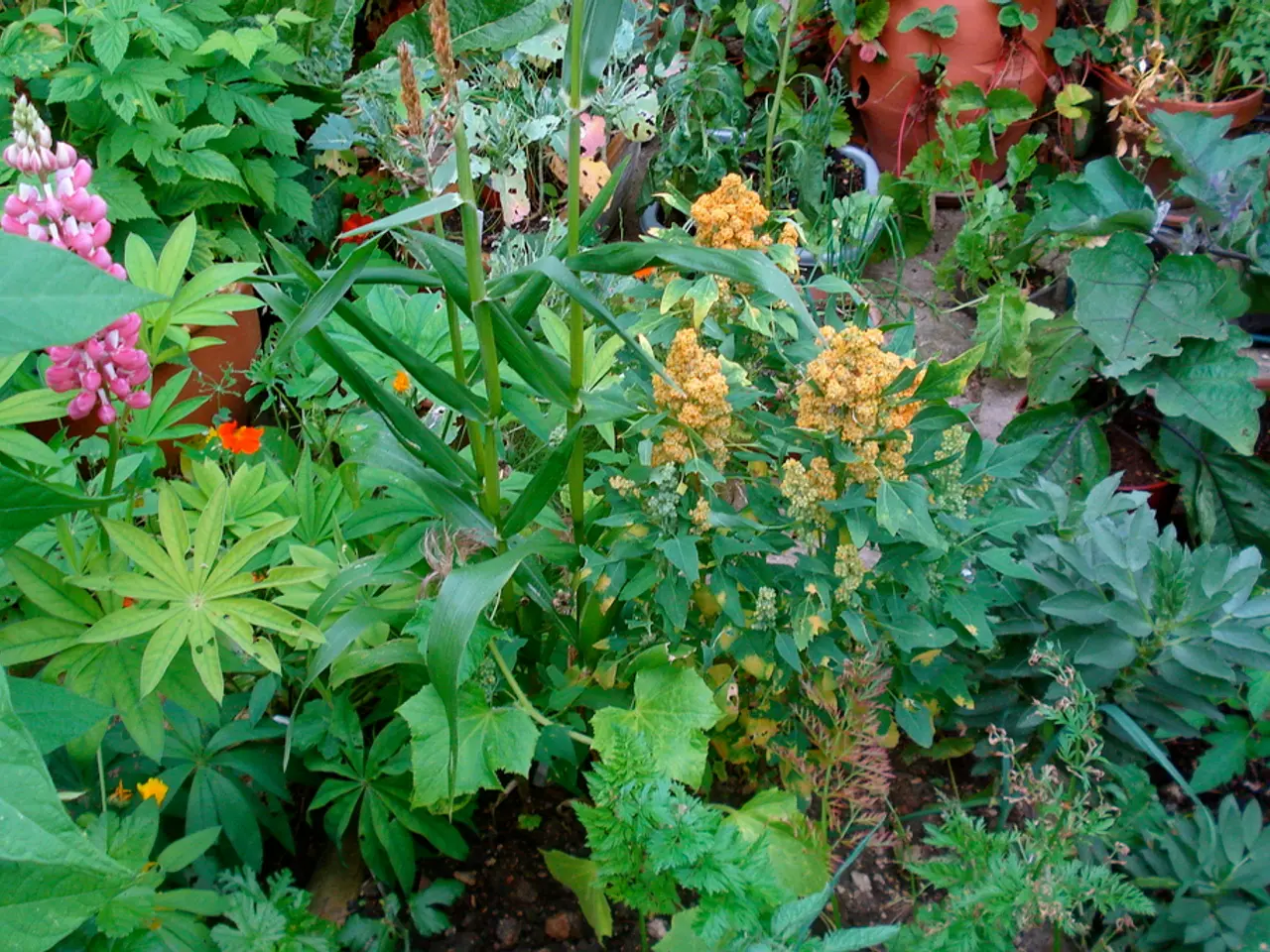Top Winter Gardening Tactics Every Green Thumb Needs
Preparing Your Garden for Spring Success: Six Essential Winter Tips
Winter may seem like a quiet time in the garden, but it's actually the perfect opportunity to set the stage for a thriving spring. Here are six essential winter gardening tips to help you get started.
- Weed Control and Clearing Debris
Remove weeds, old mulch, fallen leaves, and plant debris from your garden beds. This simple task helps reduce fungal diseases and pest issues like slaters and earwigs, creating a healthier environment for your spring planting.
- Pruning
Winter is an ideal time for pruning deciduous trees, shrubs, and fruit trees while they are dormant. Pruning encourages strong new growth in spring and helps shape plants properly. Remember to remove dead, diseased, or damaged stems, as well as crossing branches, and prune down to the stump.
- Planting Bare-Root Trees
Planting new trees during winter, especially bare-root varieties like roses or fruit trees, takes advantage of their dormant state. This helps them establish roots before the growing season.
- Mulching Smartly
Apply organic mulch such as bark, straw, or compost to your garden beds after clearing debris. Mulching protects the soil, retains moisture, and improves soil health leading into spring.
- Soil Preparation
Improve your soil structure by lightly working it and incorporating organic matter or a balanced mix. This ensures good drainage and nutrient availability for your spring planting.
- Feeding and Lawn Care
Apply gentle liquid feeds or seaweed extracts to your lawns and plants to promote strong root growth and reduce stress. This support will help your plants recover and prepare for vigorous spring growth.
By following these tips, you can enhance your soil health, reduce pest and disease pressure, and give your plants a strong start come springtime.
In addition, hand-weeding is effective for removing weeds during winter, ensuring careful removal of the whole root. A garden hoe can be used for larger areas and more stubborn weeds.
Remember, pruning roses can be done at any time during winter, but in cold climates, it is best to wait until early August to avoid frost damage to new shoots.
Indoor plants need TLC during winter due to dry air, shorter days, and limited light. Moving plants closer to windows, keeping them away from drafts or heaters, and watering them less are necessary during this season.
Winter rains bring relief from watering, but also encourage weed growth, particularly bindii weed and clovers in lawns. Fixing irrigation and securing garden steps are tasks that can be done in winter to combat this.
Lastly, winter is an ideal time for tackling garden chores to prepare for the busy spring season. This could include replenishing old soil with animal manure and organic compost, gathering sticks for the fireplace, or researching a new garden theme or design.
Happy winter gardening!
[1] RHS (2021) Winter Gardening. Retrieved from https://www.rhs.org.uk/advice/profile?pid=328 [2] Garden Organic (2021) Winter Gardening Tips. Retrieved from https://www.gardenorganic.org.uk/advice/seasonal-advice/winter-gardening-tips
Maintain your home-and-garden lifestyle by preparing your gardens for spring by following these essential winter gardening tips. Hand-weeding and using a garden hoe to remove weeds, pruning roses at an appropriate time, and giving indoor plants TLC during the winter months can set the stage for a thriving spring lifestyle.




